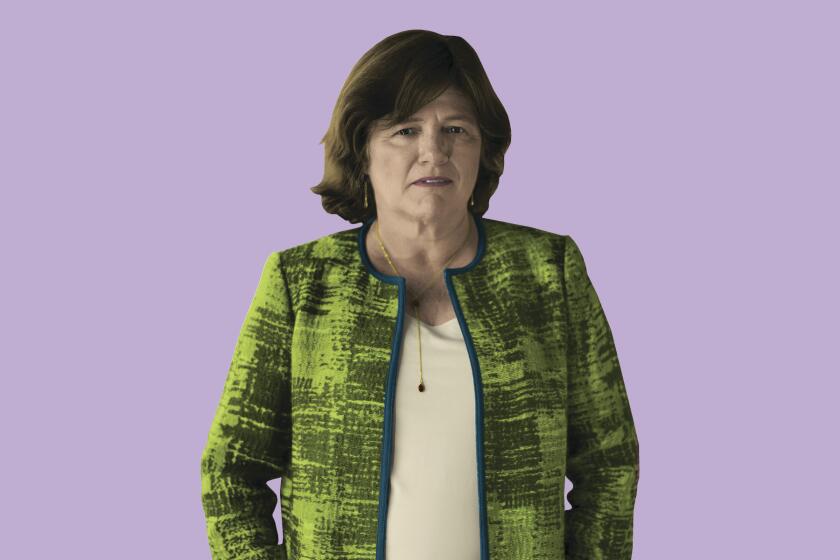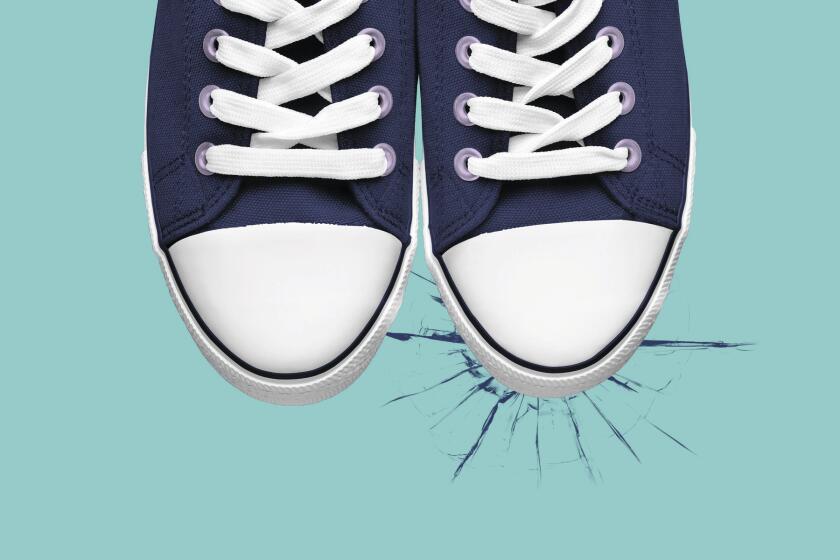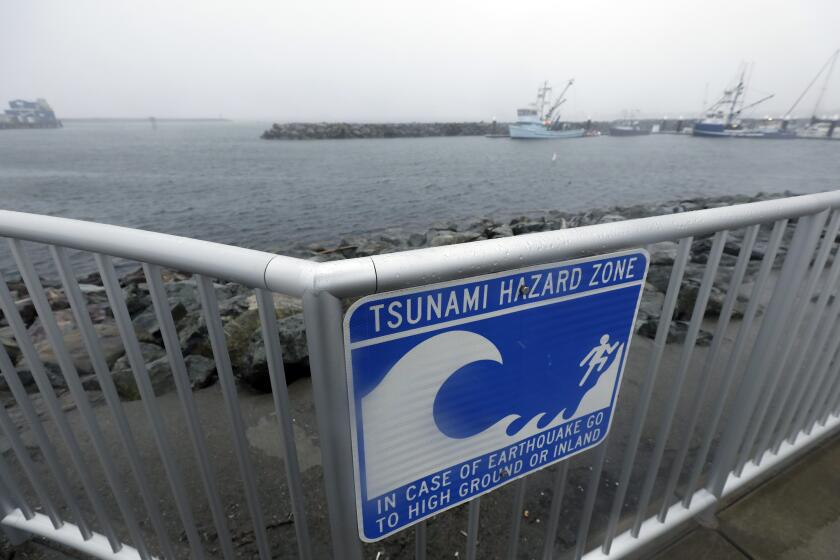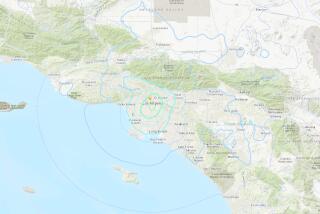How to prepare for an earthquake or other disaster on a budget
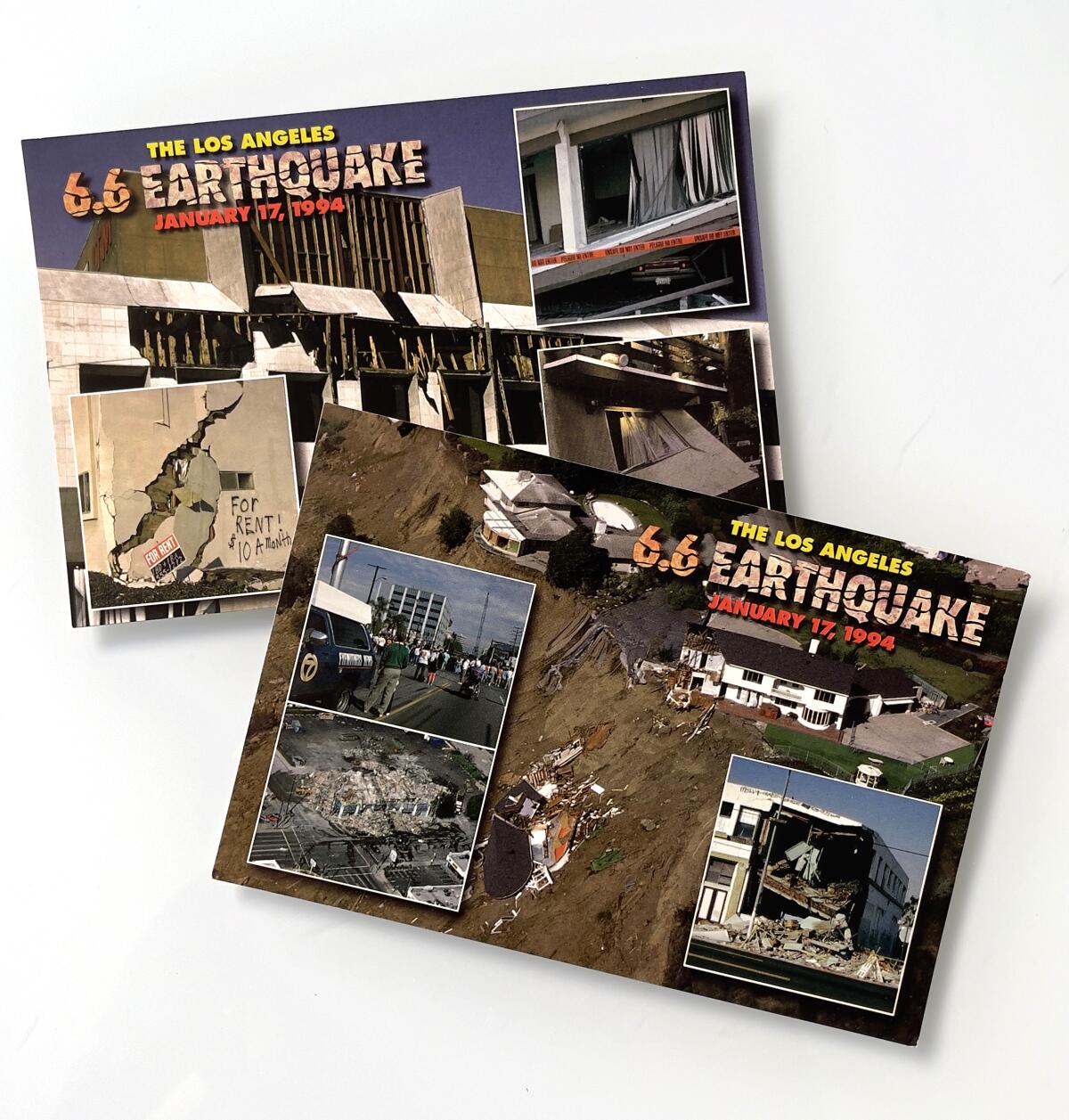
Emergency preparedness directions are usually complicated, multistep lists that are available in a limited number of languages, and disaster kits can be large, expensive investments.
Barriers like these are what Steve Kang, director of external communications for the Koreatown Youth and Community Center, said stand in the way of some communities being as prepared as they could be. So if getting ready for an earthquake or another disaster seems too expensive or time-consuming, this guide is for you.
Before disaster strikes
Get insured
Before you do anything else, Laurie Schoeman, senior program director for resilience at Enterprise Community Partners, a national nonprofit focused on affordable housing, said, you need to have earthquake insurance.
If you’re among the 64.1% of Angelenos who rent, your options for making structural changes to your living space to make it safer are limited. You can talk with your landlord about what seismic improvements have been made to your building, but you really control only what’s inside your home. That’s where adding earthquake coverage to your renter’s policy comes in.
It can protect you if your possessions are damaged by an earthquake. Another insurance policy may seem like a financial burden, but Carlos Martín, senior fellow in the Metropolitan Housing and Communities Policy Center at the Urban Institute, said it’s one of the most important things you can do for yourself.
The cost will depend on which insurer you choose. The California Earthquake Authority has an insurance calculator that can help you determine the best policy for your needs. Average costs for renters can be under $12 a month.
Emergency supplies
People might not see the value in spending money on things they may never use and have to throw out every year, David Eisenman, director of the Center for Public Health Disasters, said.
But you don’t have to shell out $300 for a zombie-apocalypse pack. Just the essentials are needed. And you can eat any food you put in your earthquake kit before it expires, so it needn’t go to waste. Just be sure to replace it.
Help your neighbors
Once you’ve got yourself covered, it’s time to look at your community. Social capital, as seismologist Lucy Jones writes, is among the most important things you can invest in.
Reach out to your neighbors to see what they need, said Mary Comerio, professor of the graduate school in UC Berkeley’s architecture department. Investigate resources available in your area, such as nonprofits or faith-based groups. What can you do to help support them?
Building a network of resources and supplies, Martín said, can help bridge the gaps when outside resources like state and federal aid aren’t available. Power lines may be down; roads may be blocked. So what can you do in your immediate area? Building that social capital, he said, is a powerful way to prevent further trauma and increase the chances of your community bouncing back.
He did caution, however, to “put your oxygen mask on first before helping others.” Make sure you and your family have what you need; if you need help, ask for it. Once you feel secure in your emergency preparedness plan, you can help others.
Programs such as Map Your Neighborhood and Community Emergency Response Teams provide free resources that can help you and your community prepare together.
Think of collecting extra emergency supplies for your neighbors, Martín suggested. If everyone pitches in a little bit, the whole community can be safer.
People are much more important than kits. People will help each other when the power is out or they are thirsty. And people will help a community rebuild and keep Southern California a place we all want to live after a major quake.
Information services
Smartphone apps and social media channels can keep you informed in a disaster, but if you don’t have access to those tools, you still have options.
Los Angeles County hosts a site with an interactive map of emergency shelters, evacuation orders, road closures and more.
If you’re in need of resources, 211 LA can find you shelters, donation pick-up sites and other services by just entering your location and specific needs.
Alert LA County, Notify LA and Nixle are services that you can register with to receive emergency alerts via phone call or messaging.
Drop, cover and hold on is the best advice for what to do during an earthquake. Know how you’ll react so you can stay calm and act quickly when the shaking begins.
During a disaster
Thanks to film and television, the concept of the Big One has been blown out of proportion. Although a large earthquake will disrupt much of our daily lives, it will not break us off into the Pacific Ocean or open a fiery pit in the middle of Los Angeles. What it could do is take out electricity, meaning that anything that needs outside power will be unusable until lines are reestablished. Debris, mudslides and other hazards could block roadways.
While the earth is shaking, the best thing you can do is drop, cover and hold on. Running out of the house, crouching in a doorway or huddling next to your bed may seem like good ideas, but they aren’t.
Getting under a sturdy piece of furniture, such as a table or desk, is really the only way to make sure you and your family will be safe.
If you’re in a place where you can’t get under anything, then get low to the ground and cover the your head and the back of your neck with your hands and arms.
After a disaster
The recovery process will depend on how well prepared you are. Because people in low-income communities sometimes face more hurdles when it comes to getting prepared, Martín said, the effects of a disaster are felt much more and the recovery period takes longer.
Schoeman of Enterprise Community Partners estimates that “the amount of money spent on recovery is 20 times the amount that could be spent on mitigation and reducing that risk.”
Access to information on recovery resources is also limited, Kang said.
When a natural disaster occurs, the Federal Emergency Management Agency is often called upon to provide services. While FEMA’s immediate relief services are available to everyone, aid programs funded through the federal government are only available to those with a Social Security number, Martín said. That means that many people in immigrant communities cannot apply for post-disaster help.
Others may be hesitant to reach out for aid due to concerns that immigration authorities will be alerted. The American Red Cross, though it does work with the federal government, is independent and can provide aid to anyone in need.
This is also where a strong social capital reserve is valuable. Community groups, neighbors and mutual aid funds can often help address recovery needs better than an outside group.
As you lean on your community, it also will need to be rebuilt. There are “basic human things” Comerio said that everyone can do — simple things like checking in on your neighbor or giving them a call.
California is hit by about one tsunami a year, but most are barely noticeable. That said, if you live or work near the water or ever visit the coast, you should know what to do if there’s a big earthquake or a tsunami warning.
More to Read
Sign up for Essential California
The most important California stories and recommendations in your inbox every morning.
You may occasionally receive promotional content from the Los Angeles Times.
